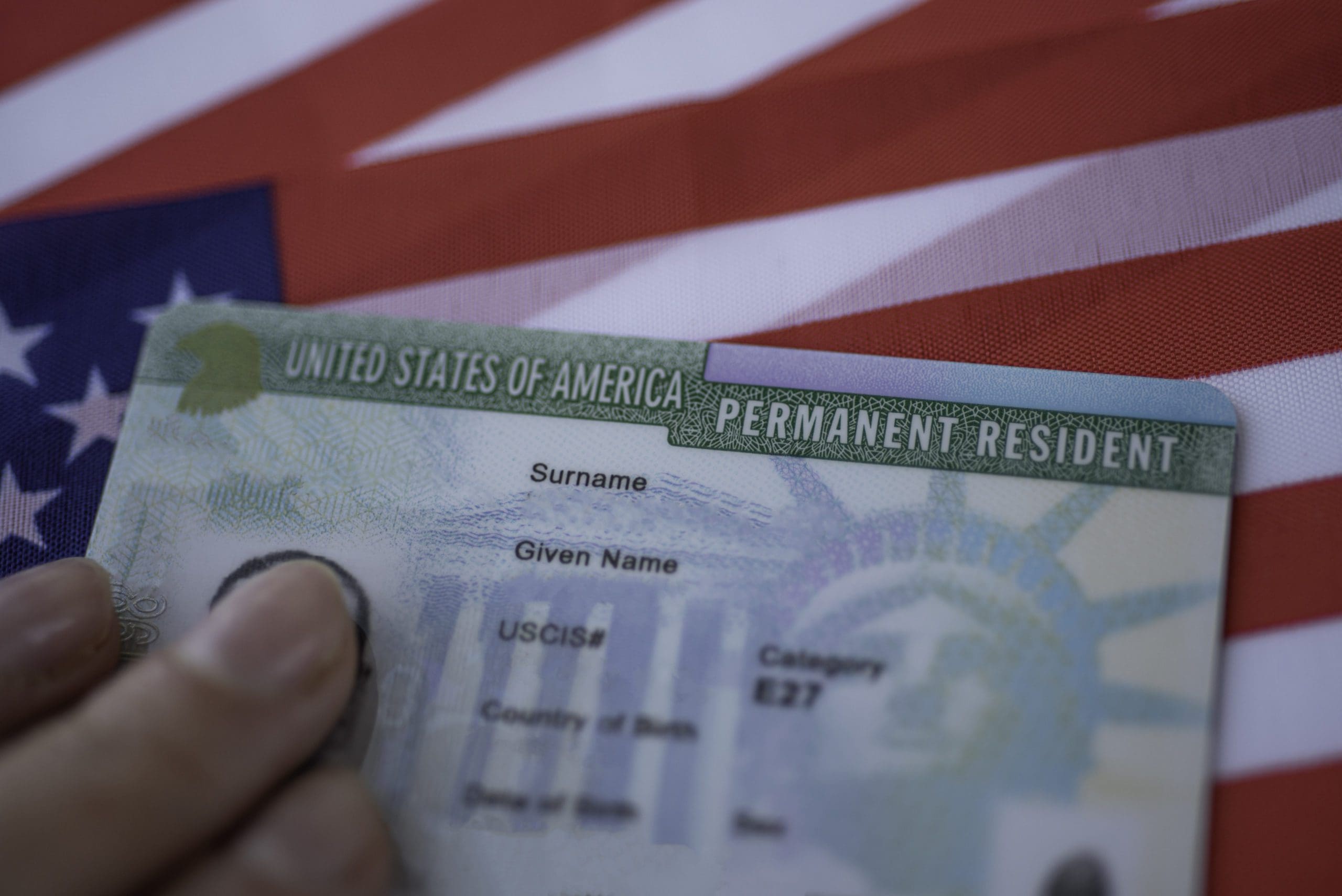As businesses worldwide move toward greener operations, sustainable printing has become a top priority. In 2025, brands no longer see eco-friendly printing as an optional trend, but as a core responsibility. Customers increasingly demand environmentally conscious packaging, materials, and branding solutions that align with global climate initiatives. For the printing industry, this shift represents both a challenge and an opportunity to innovate. Advances in biodegradable materials, recycled paper, and soy-based inks are setting new standards for eco-friendly production. These alternatives not only reduce environmental impact but also help brands tell a sustainability-driven story. Companies that incorporate such practices into their branding stand out as leaders committed to ethical practices. Beyond materials, efficiency plays a critical role in sustainability. Digital printing methods that minimize waste and optimize ink usage are gaining ground in 2025. Automated systems also help reduce production errors, lowering overall consumption of resources. This has created a market where environmental responsibility and cost-effectiveness go hand in hand.
Consumer perception has shifted dramatically. Customers increasingly choose brands that align with their values, especially in sustainability. A product’s packaging or branded collateral is often the first indicator of a company’s commitment to the planet. Sustainable printing reinforces this connection, creating loyalty and trust. Looking ahead to 2026, printing companies that invest in eco-friendly solutions will not only meet regulations but also strengthen their market advantage. Green branding will become the default expectation, and early adopters will be seen as true industry leaders.


































